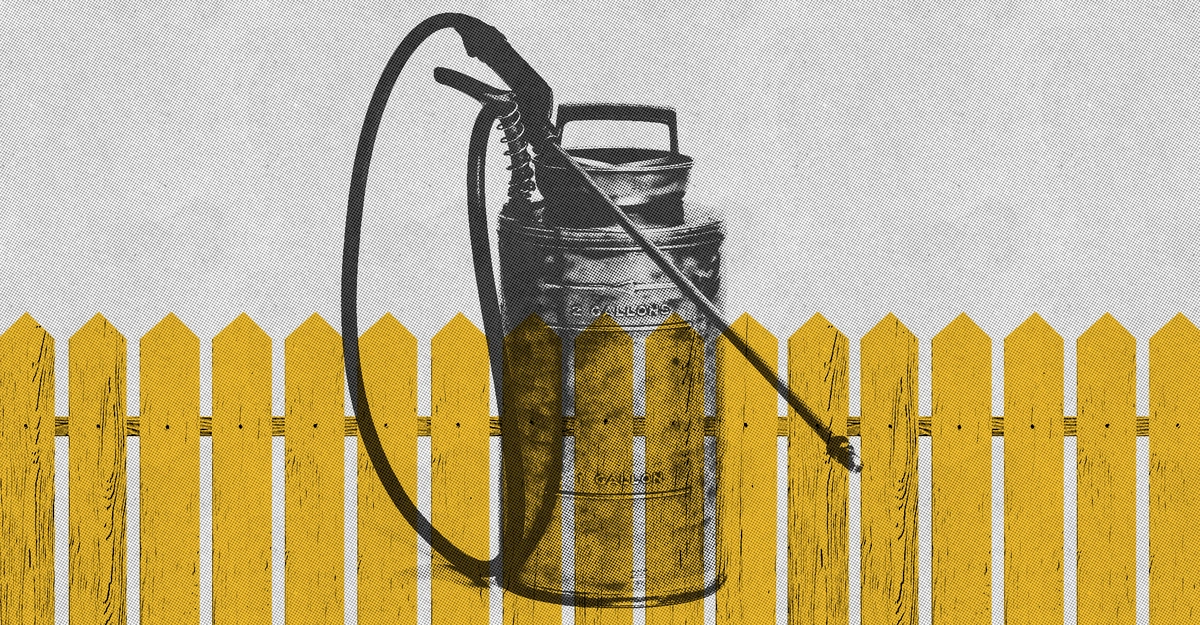
Getting a new puppy may sound like a recipe for cuddles, playtime, and a loyal companion.
But a study published recently in PLOS ONE reminds us that puppy ownership comes with significant challenges, including small bites, chewed-up furniture, sleep disruptions, and schedule upheavals. For some new dog owners, a furry friend seems to create more stress than they expected.
Experts say preparation is the key to successful relationship between dog and owners. To that end, here are some tips for anyone considering acquiring a puppy, especially first time-owners who might not know what to expect from these boisterous balls of energy.
Bringing a pup home for the right reasons
“The joy of having a dog in your life is that this is a highly social being who’s going to be very responsive to you, who’s going to greet you when you come home, who’s going to snuggle with you when you’re watching TV,” says Clive Wynne, a behavioral scientist and founding director of the Canine Science Collaboratory at Arizona State University.
In the new study, scientists surveyed several hundred people who acquired puppies in the United Kingdom during the COVID-19 pandemic. “We found a big uptick in first-time dog owners, often seeking a puppy as a mental health booster, particularly for their families,” says Rowena Packer, a senior lecturer in companion animal behavior and welfare science at the Royal Veterinary College in the U.K., who led the new study.
Though many respondents reported that their pups made them happy, a third of primary puppy caregivers said that the experience was more challenging than expected in terms of workload and care. Going to vet appointments, buying food, and walks with the dog all take time. Even a 13-year-old boy said he “didn’t think owning a dog would be so hard.”
Since not everyone gets a mental health boost from getting a puppy, it should not be a primary reason for taking the plunge, experts say.
“Dog ownership can bring joy, but caring for a puppy can be more challenging than expected—especially for first-time owners,” says Katrina Holland, social research manager at Dogs Trust, the largest dog welfare charity in the U.K., in an email. “It’s important that people know they’re not alone and feel encouraged to seek support early on.”
Breeds matter, but dogs are still individuals
Dogs come in all shapes, sizes, and colors. Every dog pedigree has its own generalized needs in terms of exercise, social stimulation, and diet, but it’s also important to remember that each dog is unique, regardless of ancestry.
“You have to take each dog as an individual,” Wynne says. Like siblings in the same family, every dog has its own personality and temperament.
Indeed, even literal clones of dogs will differ from each other due to their unique upbringings. In his 2019 book Dog is Love, Wynne describes a man so besotted with his dog that he paid for two cloned offspring.
“These three dogs are genetically identical” but “their behavior is quite different,” Wynne says. “One of the clones was really extroverted, the other was really introverted. Tiny differences in life experience, from the moment of conception, gradually snowball and you can develop quite different personalities.”
In other words, the experience you may have had with a certain breed in the past should not necessarily dictate your choice of breed for a new dog.
What’s more, make sure you research the source of your dog carefully. The same goes for puppy trainers, Wynne says, especially in the United States where dog training services are largely unregulated.
Ensuring safety for both dogs and humans
It’s also important to understand how to safely interact with puppies, especially if you have kids at home.
The new survey from Packer’s team revealed that many caregivers allowed children to interact with puppies in ways that could raise the likelihood of bites, such as hugging, disturbing dogs during mealtimes, or even pulling on their ears or tail. These negative interactions were more common during the pandemic because many people spent more time at home, providing more opportunities for children—who were themselves often bored, stressed, or lonely—to accidentally push their puppies’ boundaries.
“We know across the world during the pandemic, there were unfortunate peaks in pediatric admissions due to dog bites,” says Packer. “Although we don’t want children to be scared of dogs, we do want them to interact in a way that is safe for them and is safe for that dog.”
Family conversations about appropriate behaviors toward a new puppy—and boundary-setting imposed by adults—can prevent unfortunate accidents, like bites or scratches.
Maria Kyle, applied insights manager at Dogs Trust, recommends what she calls “the ABCs of being a dog’s best friend”: “A” stands for showing dogs affection in ways they understand, “B” means giving dogs space when they are busy, and “C” means giving dogs choice in every interaction.
“These address the child behaviors that commonly precede a dog bite and shape alternative, pro-social behaviors that build a safe and loving relationship,” Kyle says In an email. “Equally important is effective caregiver supervision, supported by interventions that guide adults on how to: Stay close, Step-in, and Separate when needed.”
Delegating caregiving
Before getting a new puppy, consider discussing how caregiving responsibilities will be split among members of your household.
Packer and her colleagues had anticipated that the burden of puppy caregiving would fall primarily on women, but even they were surprised that women accounted for 95 percent of caregivers in the survey.
A female caregiver of one child reports in the survey that dog-related stress may have made her less patient with her own child. The dog’s “difficulty being left alone has at times severely restricted my life,” she adds.
Another female caregiver to two children says that she “felt a bit resentful that the children did not do what they promised to do when they got the dog and help out with him.”
While Packer’s team focused on families with young children, Wynne noted that any prospective dog owner should be sure they can budget the necessary time for their dogs.
“This animal is not a smart device you can unplug when you go out and not worry about it,” Wynne says. “It’s unreasonable to leave your dog home alone for extended periods.”
Consider not just your own needs, but also the consequences your behavior could have on a dog for the rest of its life. Research shows that puppies that experience neglect, abuse, or trauma are more likely to develop fears, anxiety, and problematic behaviors as adults. For instance, a new study that followed 4,500 dogs across nearly 20 years revealed that puppies that experienced adversity in the first six months of their lives were much more likely to exhibit fearful or aggressive behaviors in adulthood. Make sure your schedule can accommodate giving your puppy adequate time and attention to thrive.
The pupshot
While puppies are “unbelievably cute,” they are also “a damn nuisance,” Wynne said. He recommends dog lovers in search of a pooch—especially first-time owners—consider adopting an older dog from a shelter.
Packer and her colleagues found that most owners love their pandemic puppies, and only 6 percent of surveyed respondents had considered, or were considering, rehoming their dogs—most of whom were first-time dog owners. That said, 37 percent of households also struggled to adapt to their new dogs, with about 30 percent reporting that two or more aspects of dog ownership were worse than expected.
“We’re just trying to get across that people really do need their eyes open, and that preparation, although frustrating, could really ameliorate a lot of future heartbreak,” Packer concludes.
While Wynne and Holland both generally agreed with the conclusions of Packer’s team, they also pointed to the study’s lack of a substantive control group (in this case, households that acquired puppies before the pandemic) as a key limitation of the results.
Still, the study serves as a reminder that prospective puppy parents should go into the process fully informed about all aspects of dog-dom. Welcoming a dog of any age into the family can be a fraught experience, but it can also lead to some of the most fulfilling relationships of a lifetime.
“[My dog is] very funny and I feel like he understands me, he always cheers me up when cuddling me or just generally being around,” one 13-year-old wrote in the survey. “Also, because since I don’t have siblings it’s like having a cute little brother that’s a lot less annoying that an actual brother would be!”



